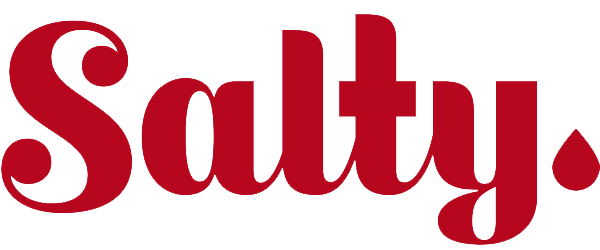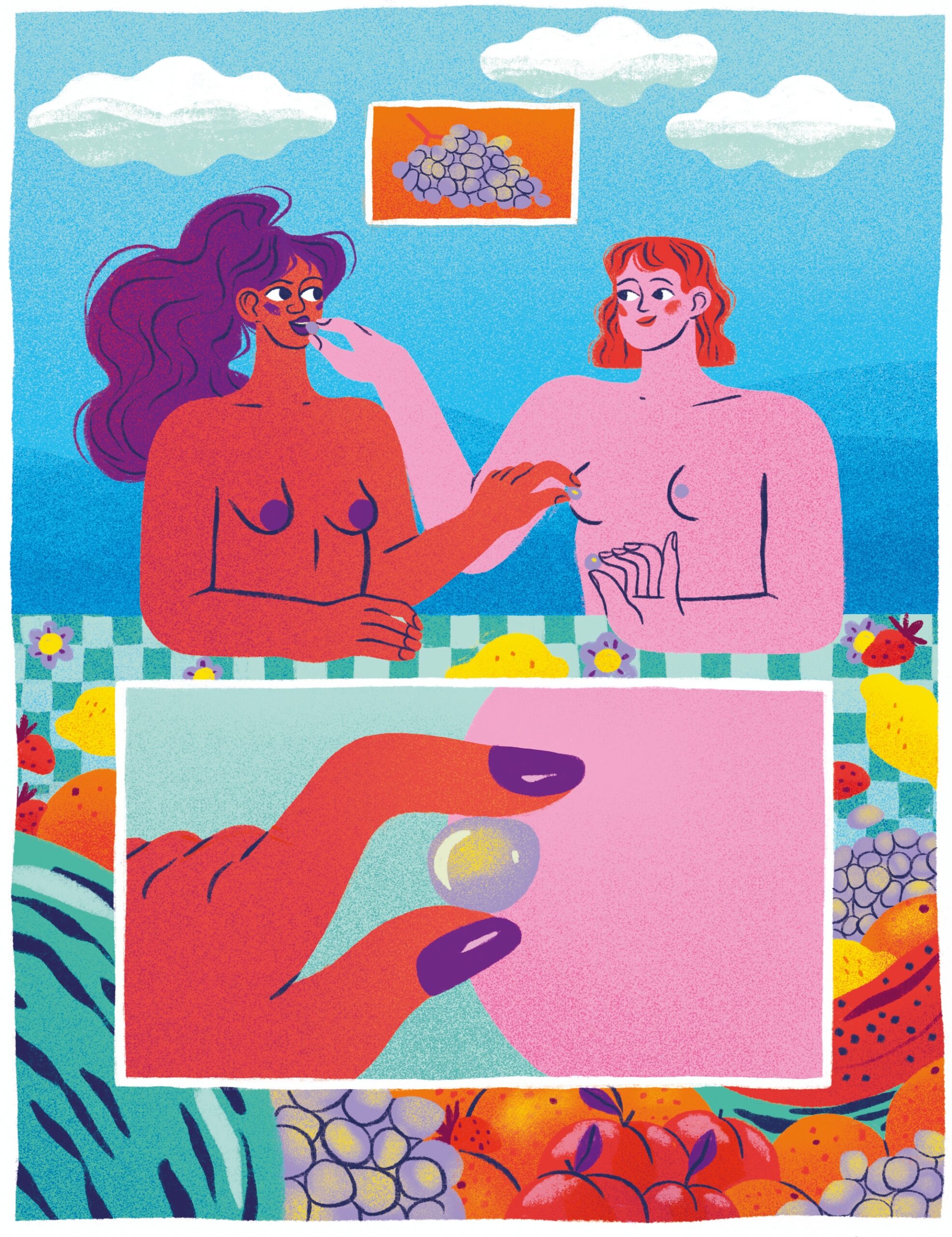Author: Jennifer Lynn
Art: Esther LaLanne
Both of my breast implants had silently ruptured. There was no dramatic moment, no sharp pain; just a quiet knowing that they didn’t belong in my body anymore. Maybe they never had. They sat inside of me like hard, immovable proof of a lie I had once believed: that beauty could be bought, and that being desirable meant being loved.
I had worked at a plastic surgery center for seven years. I watched women come in with soft, human bodies and leave with manufactured confidence. I was one of them.
My breasts weren’t bad; they were just mine. And that, according to every billboard and boyfriend and bathroom mirror, wasn’t enough.
The first time I got breast implants, I was twenty-two. I used the money my grandmother left me when she passed away. She would not have approved. But I was desperate. Desperate to be noticed, chosen, wanted. I grew up believing that breasts made you visible.
I watched my best friend Naomi get attention from boys, my brother, even my stepdad, just for having cleavage. I was flat and unnoticed, and in that invisibility, I began to loathe my reflection.
I stuffed toilet paper in my bras. I bought Victoria’s Secret gel inserts. And eventually, I went under the knife. Twice.
Even after the second surgery, I wasn’t happy. I didn’t know how to be; I spent thirty years not loving my breasts.
Something shifted as I stepped into a deeper relationship with myself. I was meditating. Asking questions. Healing. I started to consider that maybe beauty wasn’t something I needed to construct, maybe it was something I could remember.
“They sat inside of me like hard, immovable proof of a lie I had once believed: that beauty could be bought, and that being desirable meant being loved.”
My naturopath suspected silicone toxicity. My EMDR therapist and I were peeling back layers of self-worth that had been trapped in those two shells. At work, I had one surgery a year covered as a benefit. I had never used it, until now.
I would use it to remove the very thing I had once believed made me beautiful.
I began to notice the women who came in for ex-plant consultations. These weren’t just cosmetic reversals. They were acts of liberation.
I listened to their stories with reverence. They were choosing truth over performance. I realized I wanted that too.
The surgeon tried to talk me out of it. He pinched the fat around my waist, suggested liposuction and fat transfer. He asked what would happen if I started dating again, wouldn’t I want to look my best?
I told him that whoever I loved next would love all of me.
He sighed and said if I wasn’t happy after surgery, I could always put the implants back in when I got my facelift.
I left the consult room with more pride than I had ever felt in my life. I scheduled my ex-plant that day.
The date was March 19. I called it my Big Day.
After the surgery, I looked in the mirror and saw my natural chest for the first time in nearly three decades. Soft. Small. Real. They looked like mine. They were mine.
I cried, not from grief, but from something deeper. This was my first act of self-love that didn’t require pain or punishment. Just truth.
What I didn’t expect was how this choice would ripple into the way I mothered.
“This was my first act of self-love that didn’t require pain or punishment. Just truth.”
My daughter Scarlett was too young to comment on the change. She never asked about breast size or questioned my body.
But a few months later, she ran into my room clutching The Care and Keeping of YOU, a puberty book for girls. The page was open to one labeled “Breasts” in bright red.
She beamed as she pointed to the chart showing the five stages of development.
“I’m in Stage 2,” she announced with pride. She was beaming. Curious. Unapologetically herself.
And there I was, newly flat-chested, healing, and more proud than I had ever been.
I didn’t correct her. It wasn’t about that. It was about presence. It was about raising a daughter who could see me undo the story I had told myself; a story that said a woman’s worth lives within her curves, her symmetry, and her appeal.
We picked out her first bras. Soft, neutral, pastel. She giggled when she told me her friend had one too. She was thrilled. It was a rite of passage for her. And I got to be there for all of it.
I never had that. When I got my first bra, it was handed to me by my dad’s wife. My dad had said it was time.
There was no celebration. No delight. It felt clinical and awkward. My breasts became a site of discomfort, not joy.
I never learned to love them. I only learned to fix them.
But watching Scarlett, I saw what it looked like to not hate your reflection. To not compare. To not feel less than.
She wasn’t ashamed. She wasn’t trying to be anything other than exactly who she was.
That’s when I realized the full depth of what this ex-plant really was. It was never just about removing silicone.
It was about reclaiming my body from decades of conditioning. It was about creating a new legacy.
Scarlett may never know the depth of what I carried and released. But she will feel the freedom of what I chose not to pass down.
The day I removed my implants, I stopped performing. I stopped shrinking into shapes I thought the world wanted.
I stopped hiding behind curves I had paid for.
And I started modeling something more radical: presence. Wholeness. Enoughness.
Maybe this is how we begin to heal. Maybe it’s not in the grand declarations but in the quiet rewirings.
In the moments we choose not to repeat the patterns. In the stories we tell with our bodies, and the stories we let our daughters tell with theirs.
About the Author:
Jennifer Lynn is a writer, former nurse, and conscious channel exploring what it means to heal in a world that profits from our self-doubt. Through stories rooted in body truth, motherhood, and awakening, she invites readers to question the systems that shape us—and return to the wisdom within.

